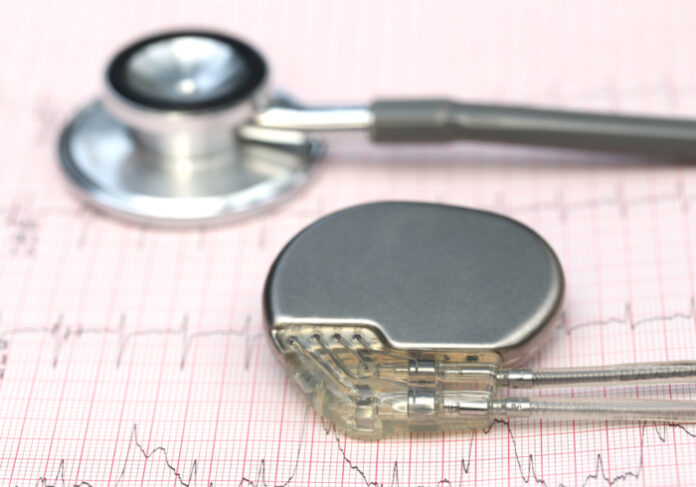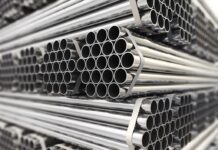It is hard to imagine modern society or medicine without rubber products. Rubber parts, seals, and gaskets are ubiquitous in the medical field, and many life-saving procedures are only made possible with rubber products.
In this article, we’ll look at some of the applications of rubber seals and fasteners in the medical industry, what makes medical-grade rubber unique, and why you need a trusted partner in the design and manufacturing of your rubber parts and seals in medical equipment and devices.
A Few of the Many Ways Rubber Is Used in the Medical Industry
Rubber seals and fasteners are used throughout the medical industry, and each application has unique challenges. New devices and replacement parts require specific and exacting manufacturing for shape, performance, and material composition to ensure the highest quality and reliability of medical equipment. This is true for rubber parts and seals, often under harsh environmental conditions. Selection and use of the correct material and advanced manufacturing can be the deciding factors between the successful use of the medical device and catastrophic failure.
Examples of Life-Saving Equipment That Use Rubber Parts and Seals
Life-saving equipment with rubber parts and seals includes durable items such as ventilators and intravenous (IV) components. Below is a short list of the variety of different life-saving equipment that needs rubber parts and seals to operate:
- Catheters
- Pacemakers
- Drug delivery systems, including IV components
- Feeding devices
- Medical pump seals
- Components within an implant device
What Makes Medical-Grade Rubber Unique?
Medical-grade rubber has to stand up to harsh environments while not causing adverse reactions within the body (biocompatibility). The Federal Drug Administration (FDA) has strict compliance requirements including, but not limited to, the following:
- Class V or ISA 10993 protocols for applications involving the implantation of medical devices within the human body
- Class 10000 ISO-07 clean room compliance
- Quality compliance documentation from the first article to full IQOQPQ
Medical-grade rubber can be specifically formulated to have desired flexibility and strength for comfort and reliability in applications. In addition, medical-grade rubber is formulated to be resilient to various environmental conditions. Whether considering single-use consumable products or durable devices, medical-grade rubber provides resiliency for harsh environmental situations. These conditions include high heat (as it is often associated with sterilization), reliably non-reactive to chemicals (including medications), and the ability to withstand pressure in various situations, including tubing and seals.
Why You Need a Trusted Partner for Your Medical Device Rubber Parts and Seals
Advances in the medical field are due in no small part to advances in rubber parts and seals for durable and consumable medical devices. The public and medical industry have exceptionally high expectations for low failure rates with medical equipment. Medical equipment is expected to perform reliably every time to save lives, because of this every medical equipment must undergo rigorous clinical investigations before they are made public. This includes consumable items such as catheters and IV components. The same is true for durable devices, such as ventilators, with rubber seals and parts. The reason for this expectation is that medical equipment failures can lead to long-term disability or death.
Trust is built over time through reliable technical expertise and advanced capabilities in engineering design from prototype to production. Your rubber parts and seals supplier needs to understand the conditions the rubber products need to perform under and be able to test and manufacture to meet federal standards.
Life-Saving Materials
Rubber is a critical component of modern medical equipment, whether single-use devices such as catheters or durable goods such as ventilators. Rubber seals and connectors are used throughout the medical industry and are arguably some of the most important medical advances.
Find a Home-Based Business to Start-Up >>> Hundreds of Business Listings.

















































